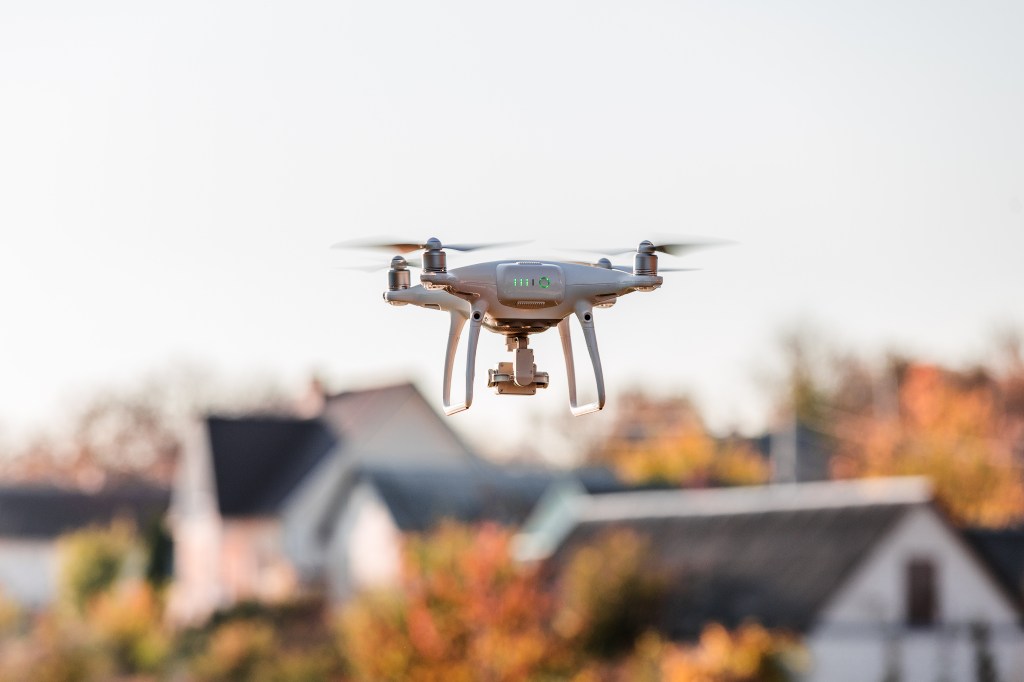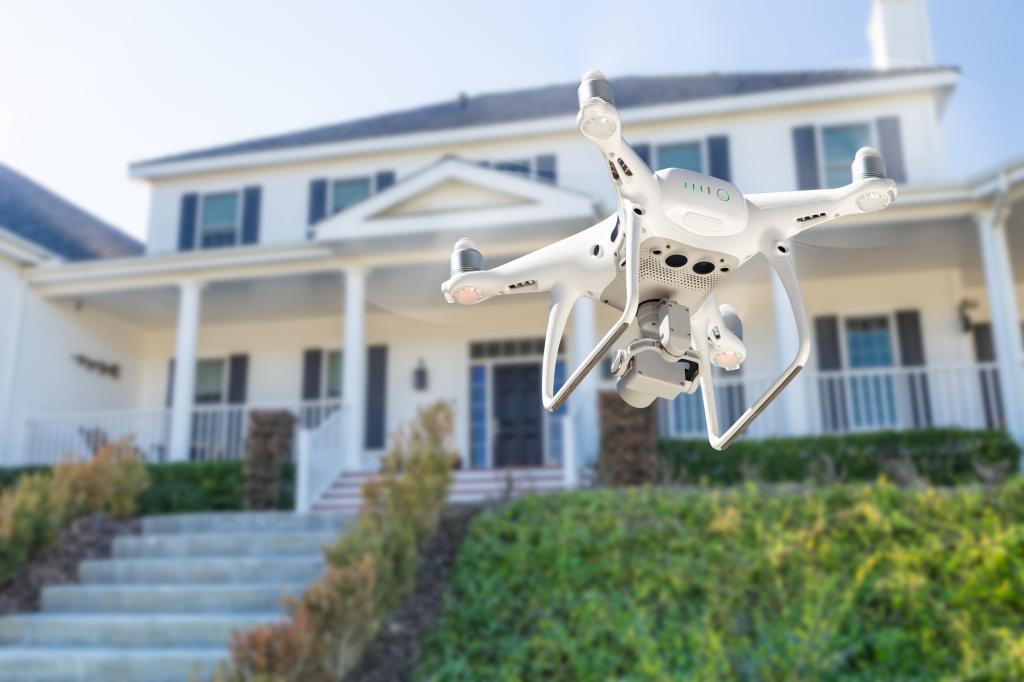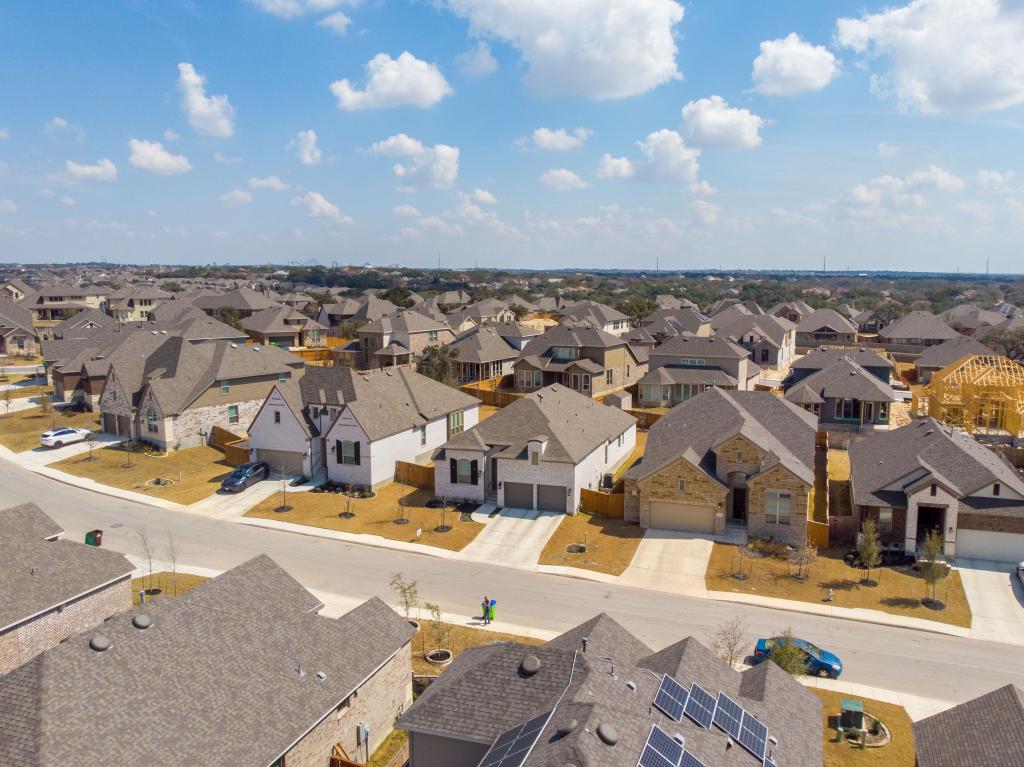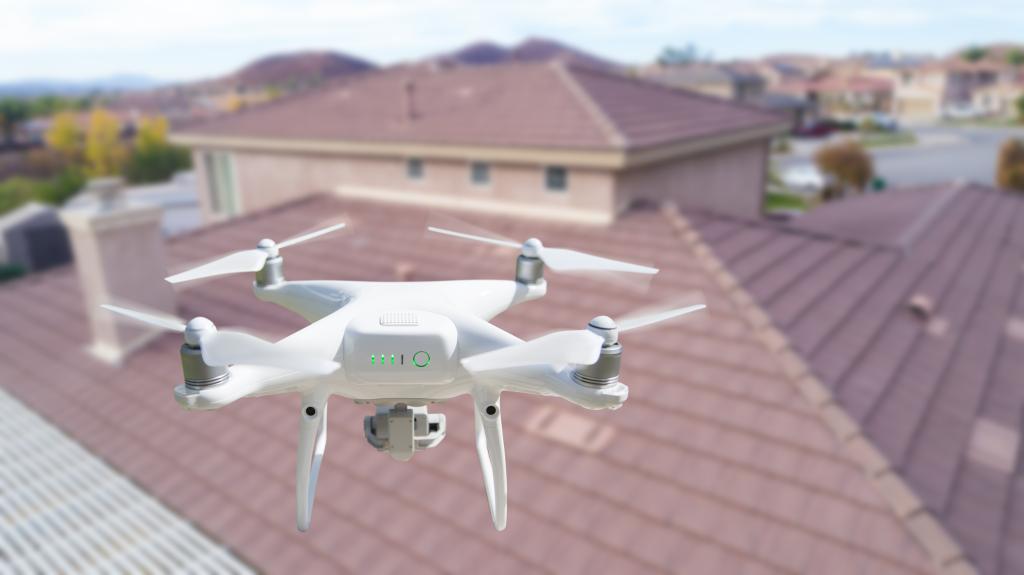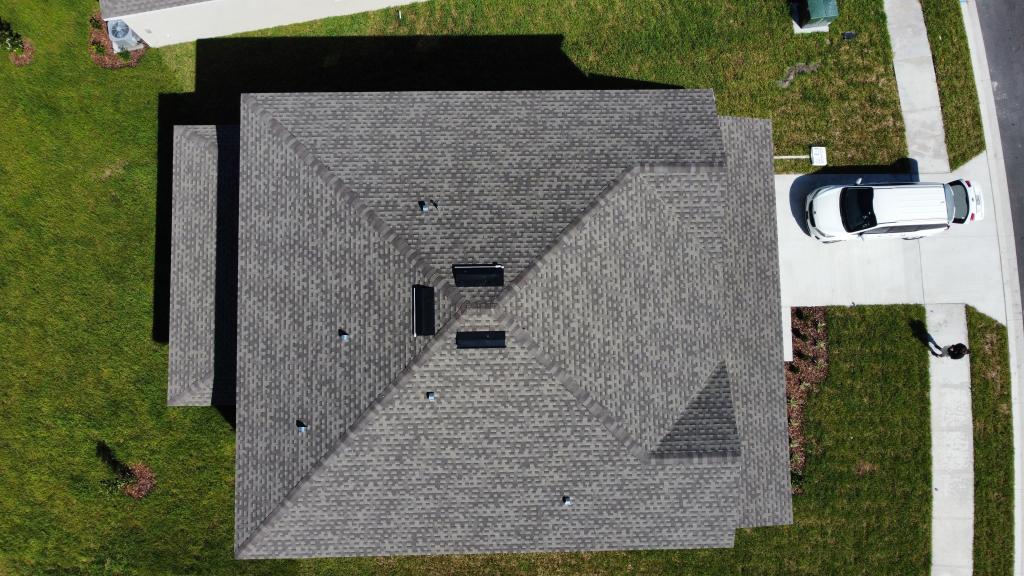A home insurance drone spied on my house, then my premium was hiked — could your policy be at risk too?
Despite living near hurricane-prone Daytona Beach, FL, Mike Arman never had a home insurance claim in 52 years. So he was shocked when, two years ago, his insurance company didn’t want to renew his policy.
The problem? According to Arman’s broker, the insurer had taken an aerial image of Arman’s roof and decided it “looked deteriorated.”
Arman, upon reviewing the image in question, said it looked grainy as if it were shot from a far-off satellite, a century earlier no less.
“The photo looked like it was taken in 1936,” he recalls to Realtor.com®.
However, Arman says his roof is only 6 years old. Roofs of his type generally last 20 or 30 years, even in Florida. When he told the insurer to send a human to take a look at it, he says he was told, “We don’t make house calls.”
A few months later, despite sending his insurance company proof of his roof’s age, Arman’s policy was dropped.
Arman then found coverage with a state-run insurer called Citizens. He also hired a home inspector, who declared his roof to be in top shape.
Nonetheless, when his policy came up for renewal, Arman learned that another aerial photograph of his roof—this one taken by a drone—had also turned up some vague problem that Citizens wouldn’t elaborate on.
While Citizens renewed his policy, it was with a 25% increase. Was the drone to blame?
The dramatic increase in aerial surveillance
While satellite footage and drones might sound like the stuff of James Bond films, the reality is that these tools are increasingly used by home insurance companies to keep tabs on homes.
But this may not necessarily be a bad thing.
Mark Friedlander of the Insurance Information Institute, an insurance-funded research group, strongly objects to the idea that insurance company aerial surveillance constitutes “spying.”
“It’s a much less intrusive way to inspect your home than sending an individual to your property,” he points out to Realtor.com, noting that aerial photography is more accurate and safer than human inspection.
He also insists that most insurers will let customers know what day surveillance is scheduled, and give them a chance to remedy issues and appeal nonrenewals.
But Nichole Brink, a former Farmers Insurance agent who quit the agency in protest over its surveillance policies, told the Wall Street Journal that the insurer was dropping customers over aerial images that were 2 or 3 years old, and in one case even flagged a house for overhanging tree branches that turned out to be shadows.
Start your day with all you need to know
Morning Report delivers the latest news, videos, photos and more.
Thanks for signing up!
Friedlander concedes that aerial surveillance might make mistakes, but that it is “10 to 20 times” more accurate than human inspections. Plus, he adds, insurers weeding out risky properties leads to lower rates for everyone.
How to protect your home from insurance drones and surveillance
So is there anything homeowners can do to counter this increase in aerial surveillance? Some say homeowners need to pressure their lawmakers for change.
“There’s a need for updated insurance regulations,” says Albert Fox Cahn, founder of the Surveillance Technology Oversight Project, a privacy think tank. “State law hasn’t caught up with the technology.”
Cahn had his own frustrating experience with nearly being dropped by his carrier after AI flagged moss on his Hudson Valley roof—a problem he says he had fixed months earlier.
What saved him wasn’t his insurer conceding to a mistake, but that it had neglected to send him a warning notice, which went against state law. But he’s concerned he will hit nonrenewal next year.
If your insurance company is threatening to drop you over aerial surveillance, Cahn advises fighting back. Ask to see the aerial photos, demand to know exactly what the issue is, and request a chance to remedy it.
He doesn’t recommend doing something drastic like blocking a view of your roof or yard.
“That will get you flagged, just in a different way,” he says.
Eventually, he thinks the issue will be solved in court.
“We need updated court rules for the AI age,” he asserts.
Until that happens, there are other ways homeowners can protect themselves from AI-powered policy cancellation.
“Talk to your insurance agent,” advises Friedlander. “Tell them, ‘I understand that my insurance company might be doing an aerial inspection. What can I do to avoid problems, and what are they looking for?’”
Typical red flags include tree branches hanging over a house, debris on a roof, and undeclared swimming pools. He also recommends ditching the backyard trampoline. While kids love them, insurers do not.
“Be proactive,” he says. “Don’t wait until you get a letter saying that your policy won’t be renewed.”


